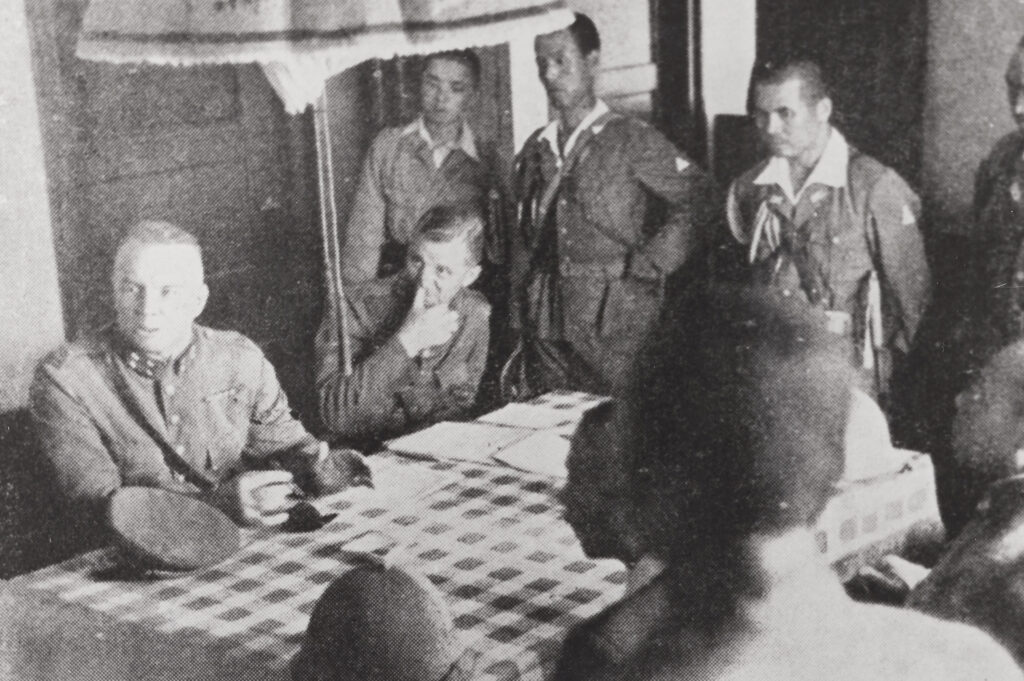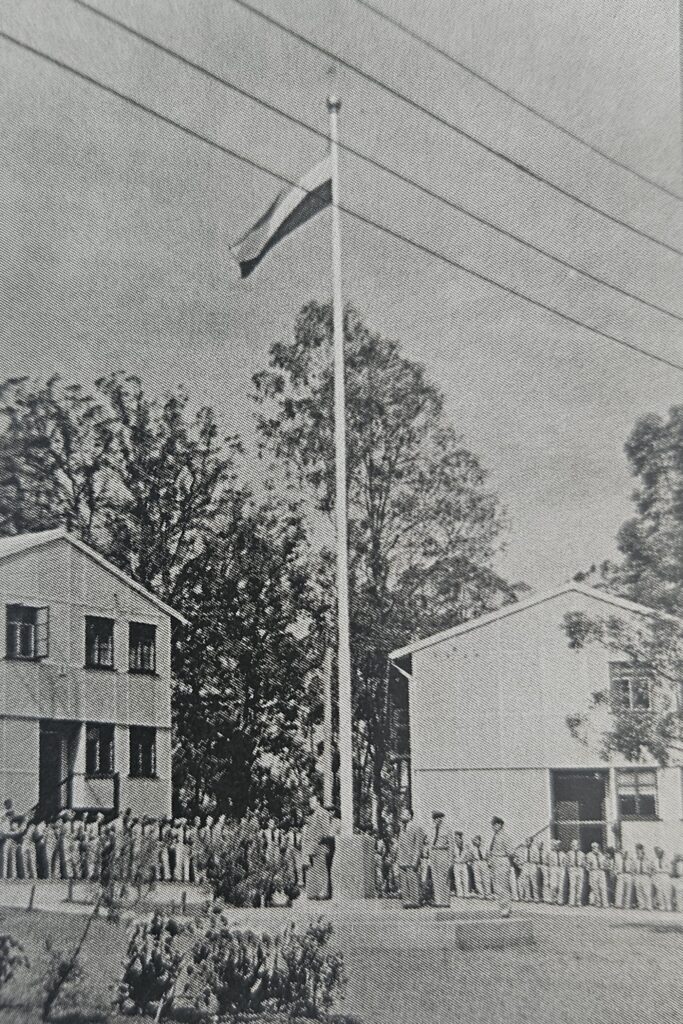The Japanese invasion of the Netherlands East Indies (NEI) in early 1942 led to the rapid collapse of Dutch military resistance. However, a strategic legal manoeuvre by the Dutch colonial government ensured that its sovereignty was never officially ceded to Japan. This distinction would have profound implications for the Netherlands’ post-war claims in Indonesia and the legitimacy of the government-in-exile in Australia at Camp Columbia in Brisbane.
The Capitulation That Wasn’t

On March 8, 1942, Dutch military commander General Hein Ter Poorten signed the surrender documents at Kalijati, officially transferring military control of the NEI to Japan. However, the civilian government, led by Governor-General Alidius Tjarda van Starkenborgh Stachouwer, was conspicuously absent from these proceedings. Days earlier, Van Starkenborgh had strategically transferred all military authority to Ter Poorten, while retaining civilian governance over the colony. This separation of powers created a legal ambiguity that Japan failed to resolve during the surrender negotiations.
Japanese General Hitoshi Imamura, expecting a unified capitulation, was reportedly confused by this separation. As a result, the surrender documents only pertained to military authority, leaving the civilian government technically intact. This allowed the Dutch to claim that their colonial administration had never formally surrendered, preserving its legal continuity.
Formation of the Government-in-Exile
While Van Starkenborgh chose to remain in the colony and was subsequently interned by the Japanese, Lieutenant Governor-General Hubertus Johannes van Mook fled to Australia. In exile, Van Mook established a government that continued to represent the NEI under Dutch sovereignty. This government maintained diplomatic relations with Allied powers and coordinated military and logistical support for the liberation of the colony.
Among the military leaders that had been able to flee to Australia was General Major van Oyen, he was the highest ranking military commander and was appointed to officially take over the military leadership from Ter Poorten.
This Government-in-Exile was unique not only for legal reasons but also because it was the first and only government-in-exile to ever exist in Australia.

Implications for Post-War Sovereignty
The legal manoeuvre ensured that the NEI government retained its international legitimacy throughout the war. After Japan’s defeat, the Netherlands leveraged this status to argue that the NEI remained a Dutch possession. This position was vital during the decolonisation process, as the Netherlands sought to reclaim control over Indonesia, despite the growing independence movement led by Sukarno and Hatta.
The government-in-exile also played a crucial role in post-war negotiations, including the Linggadjati Agreement of 1946, which outlined the transition of power from Dutch rule to the newly established Republic of Indonesia. The Netherlands used the argument that it had never capitulated to Japan to assert its authority during these discussions.
A Symbol of Resistance or Abandonment?
While the strategic move preserved Dutch sovereignty, it was not without controversy. Many Indonesians viewed the evacuation of the colonial government to Australia as an act of abandonment. This sentiment was compounded by the Dutch administration’s failure to adequately prepare for the Japanese invasion, leaving many local populations vulnerable.
At the same time, Van Starkenborgh’s decision to stay in the colony earned him respect among Indonesians and Dutch citizens alike, despite the hardships he and his family endured in Japanese internment camps.
Conclusion
The legal distinction between military and civilian surrender in March 1942 was a pivotal moment in the history of the Netherlands East Indies. By avoiding an official capitulation, the Netherlands Government-in-Exile in Australia maintained its claim to sovereignty, influencing both the Allied war effort and post-war negotiations. While this move was a testament to Dutch legal ingenuity, it also underscored the fraught relationship between the colonial administration and the people of Indonesia, whose struggle for independence would soon reshape the region.
This episode highlights the complexities of wartime governance and the enduring impact of strategic decisions made in moments of crisis.
See also:
Hoe werd de vlucht van de koloniale regering gezien in Nederlands-Indië?
